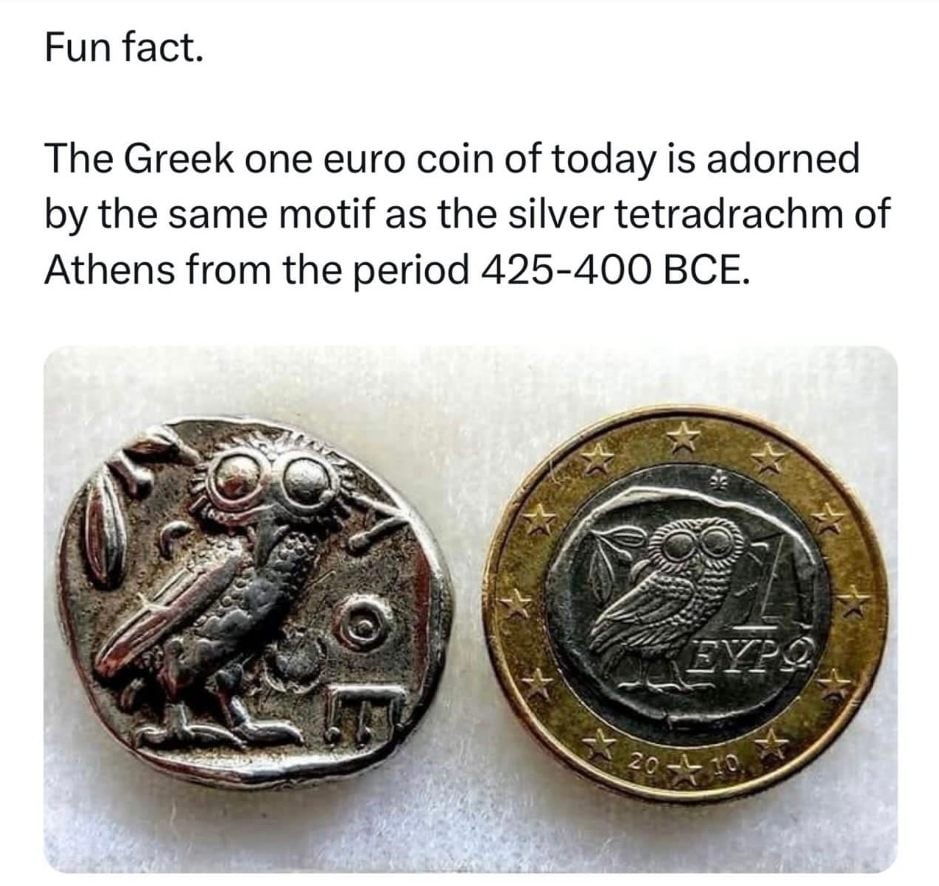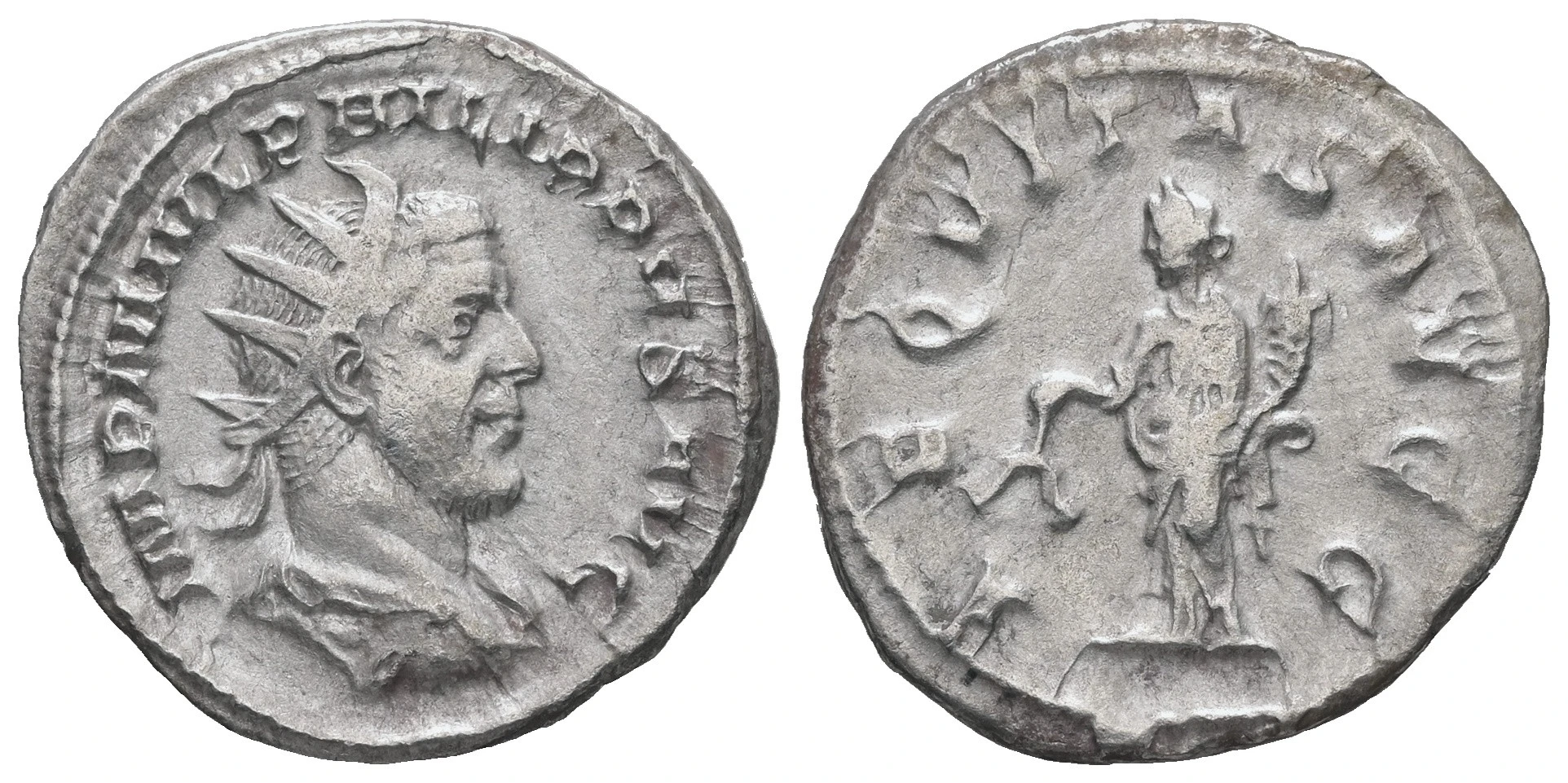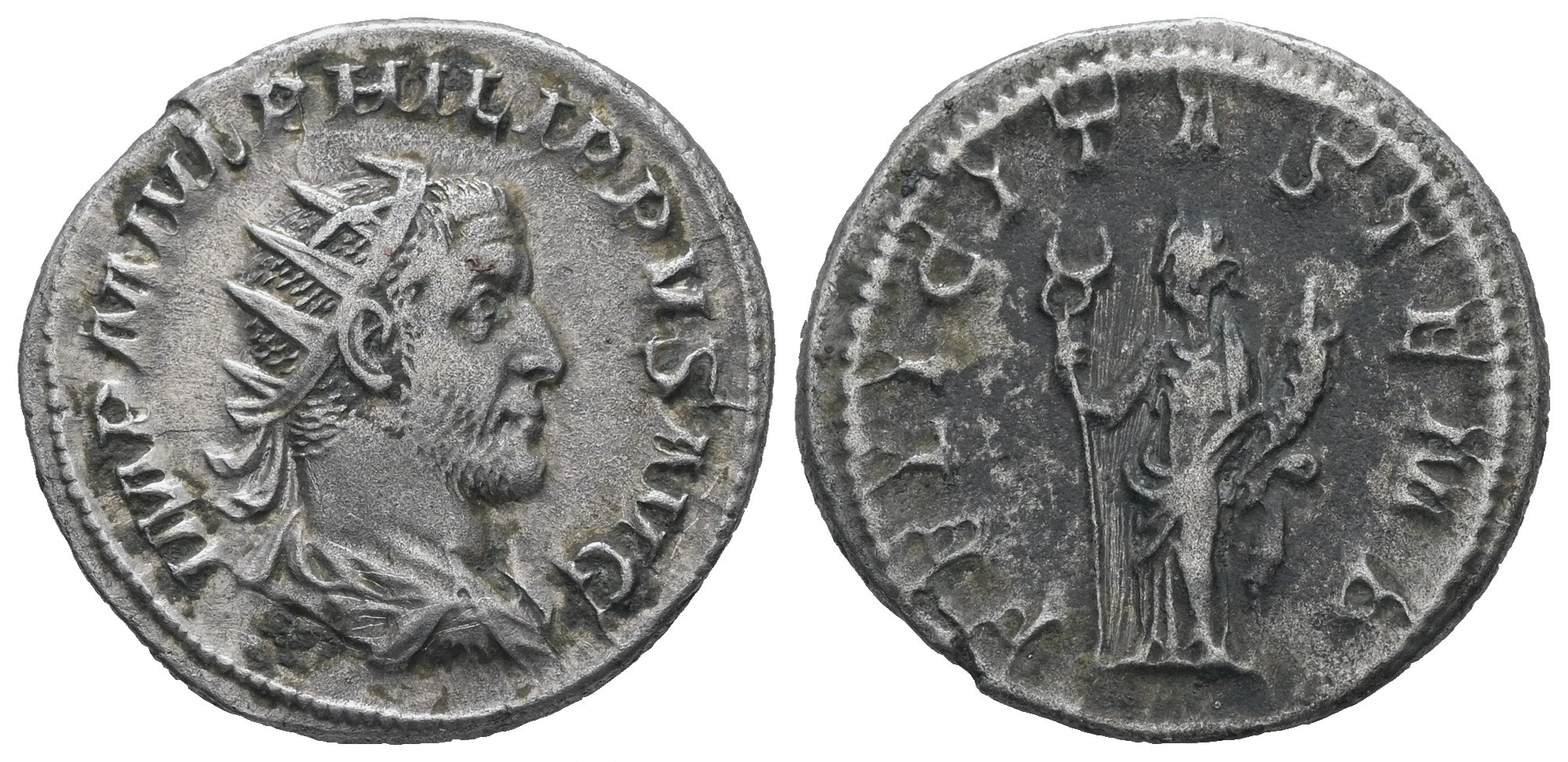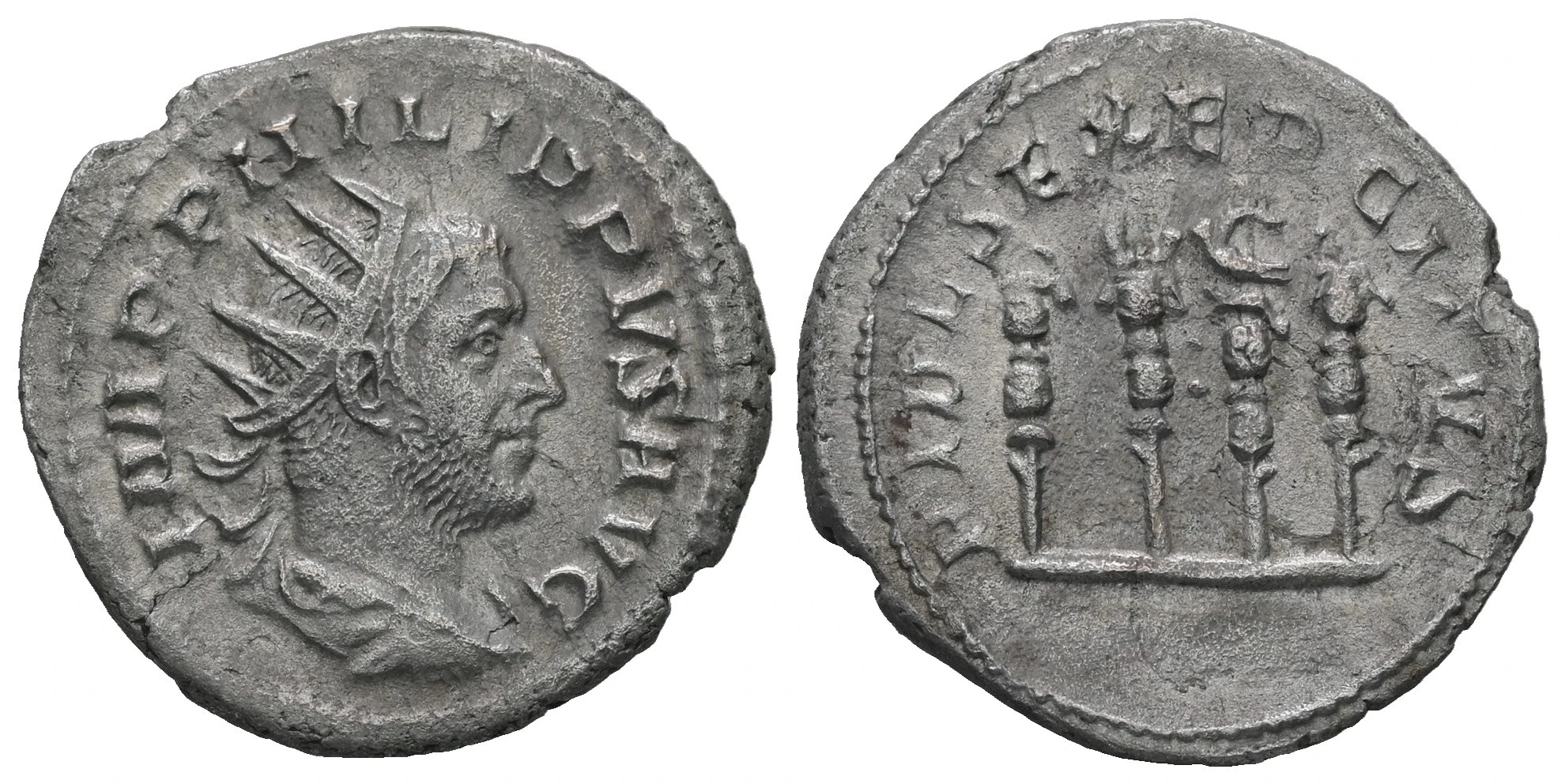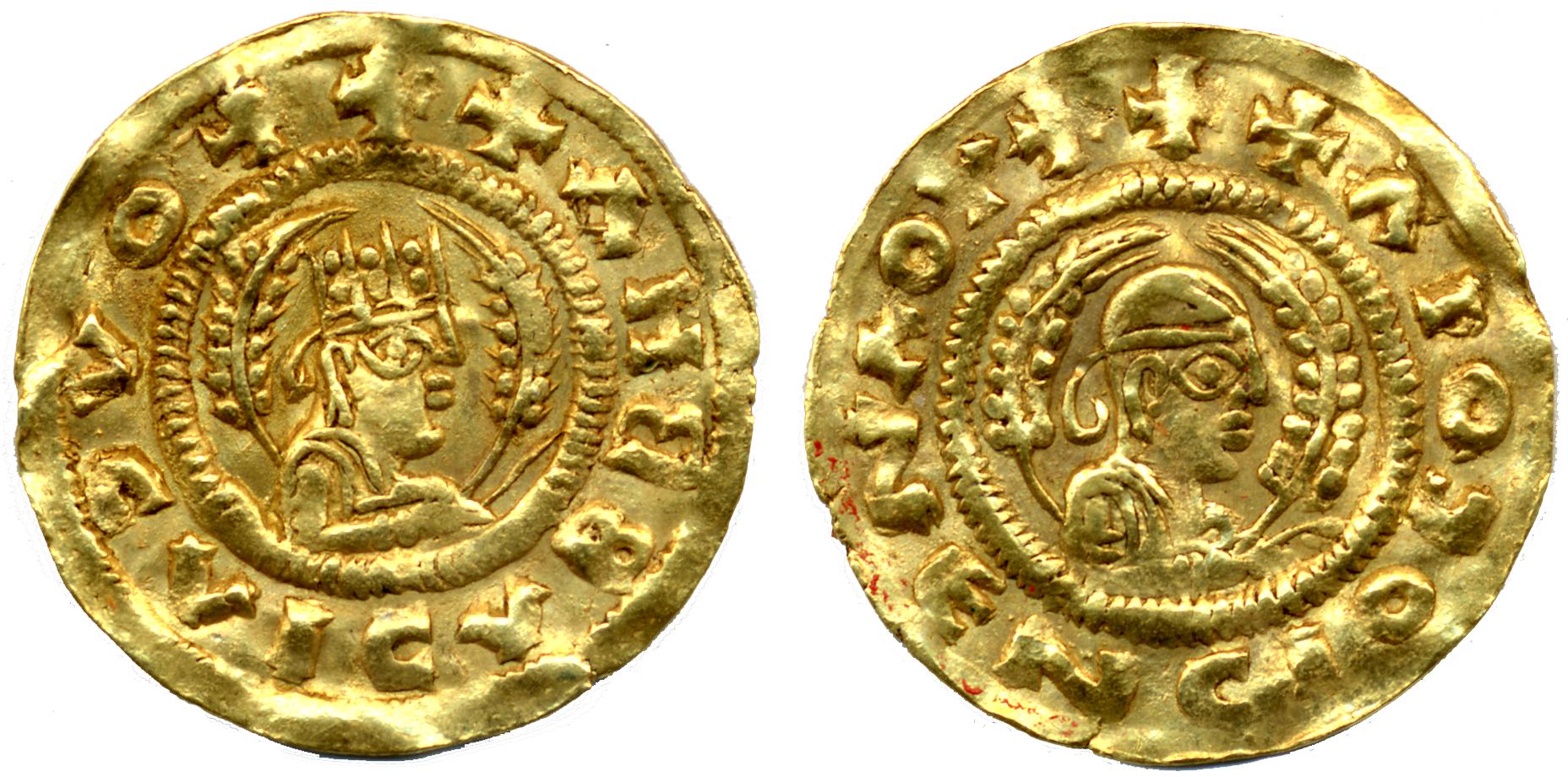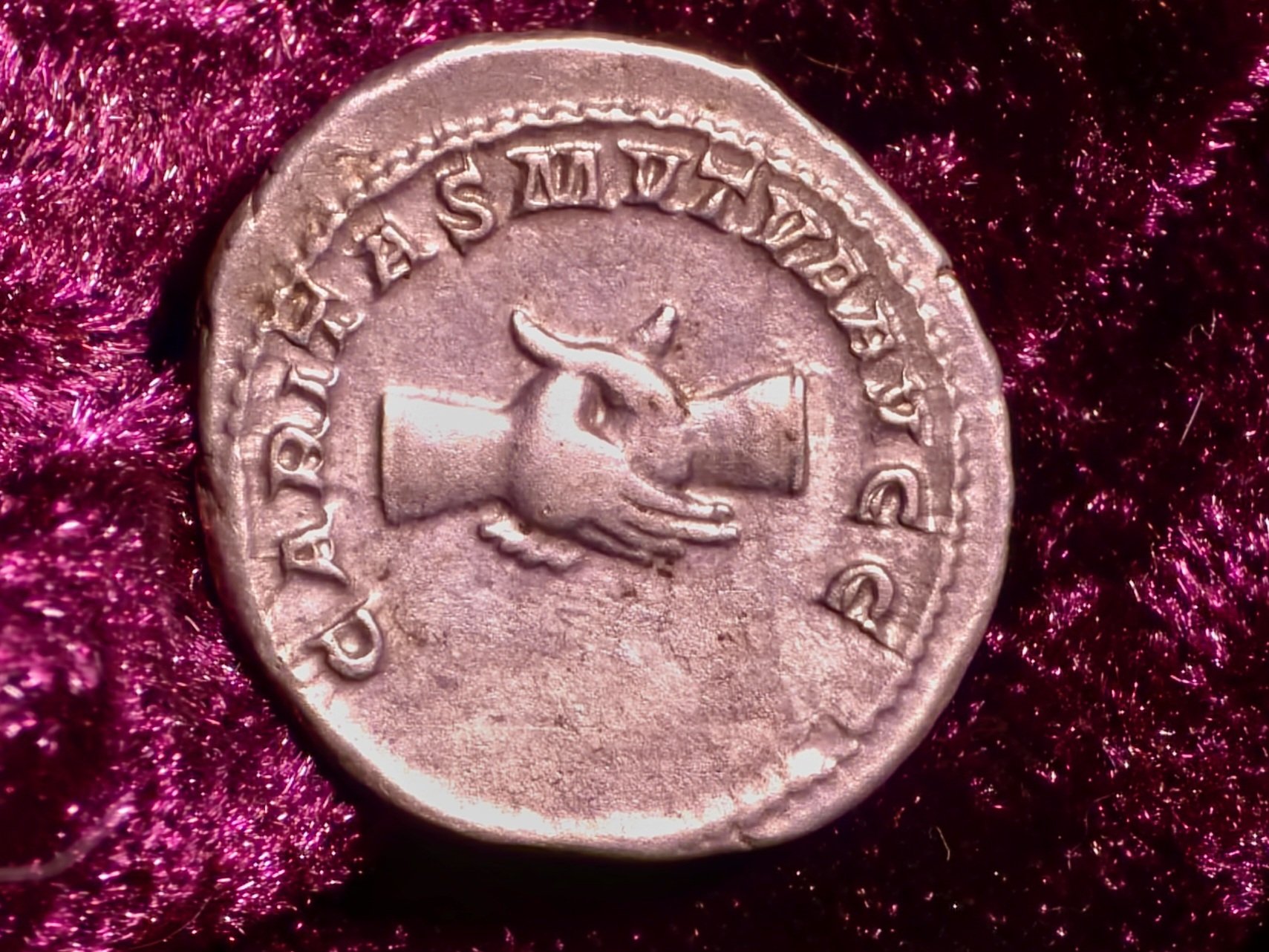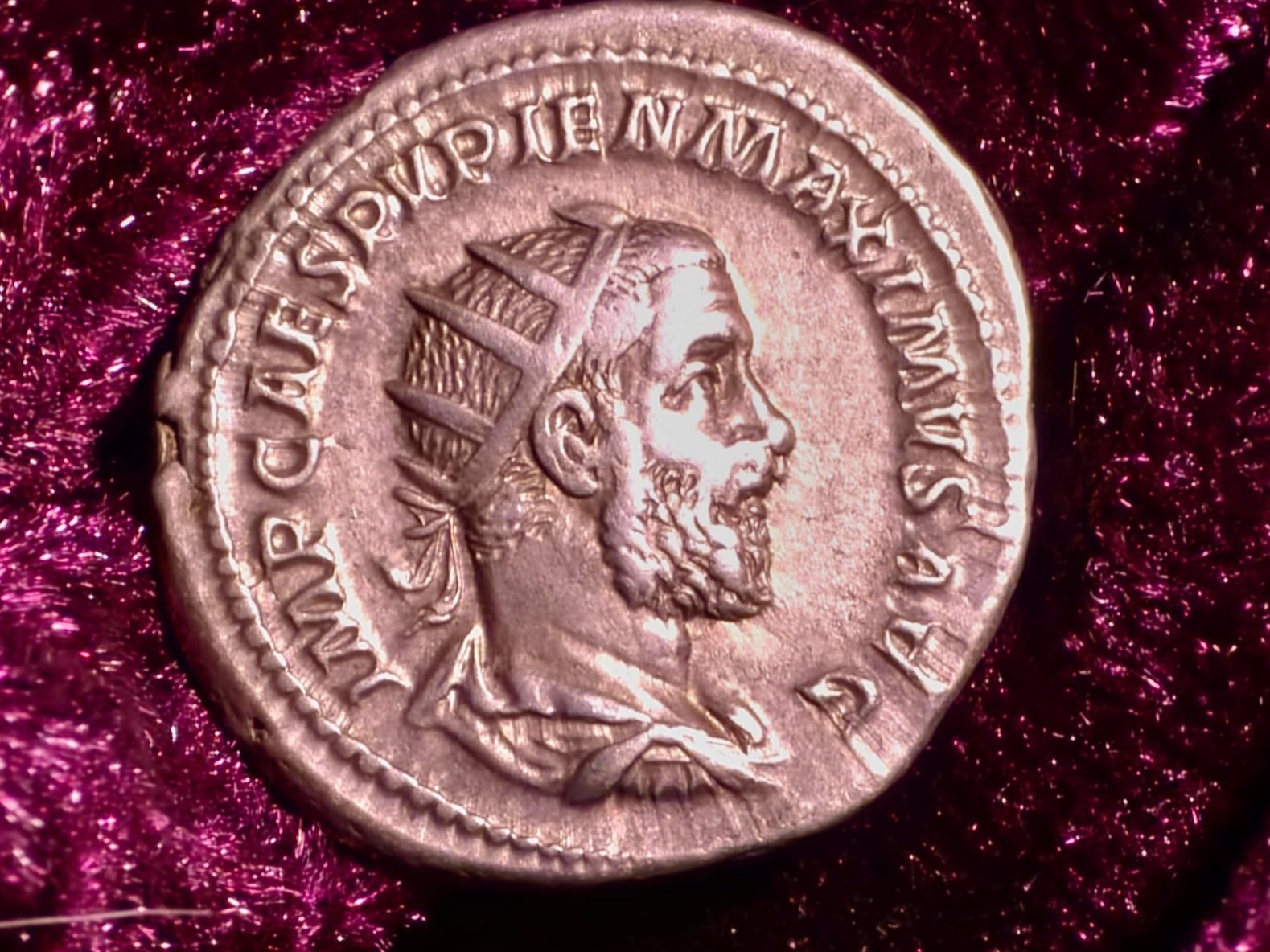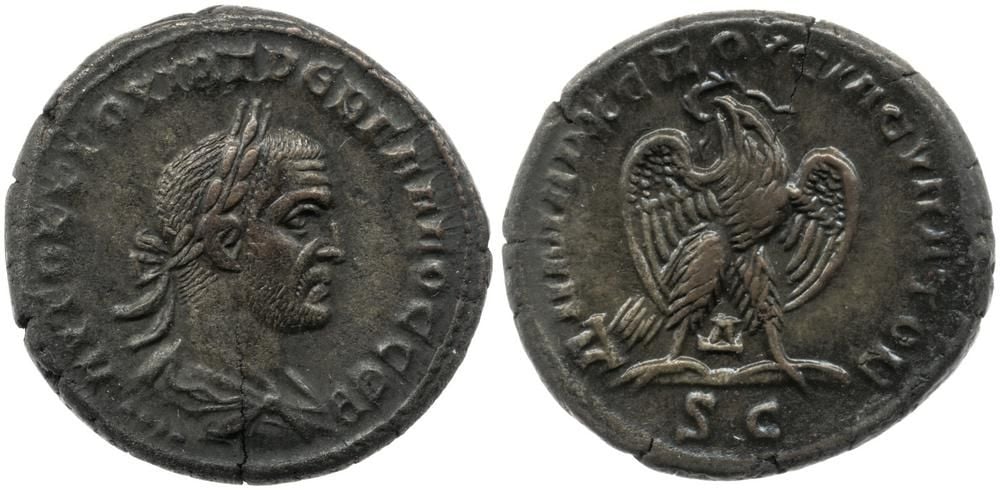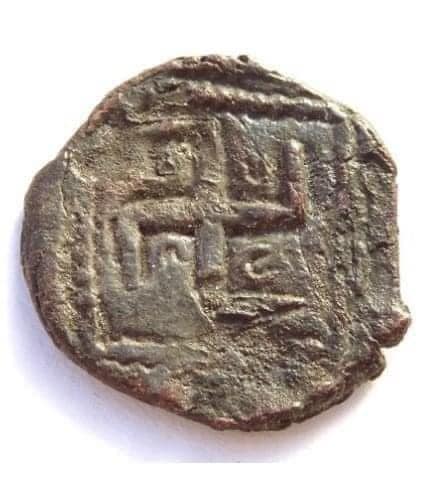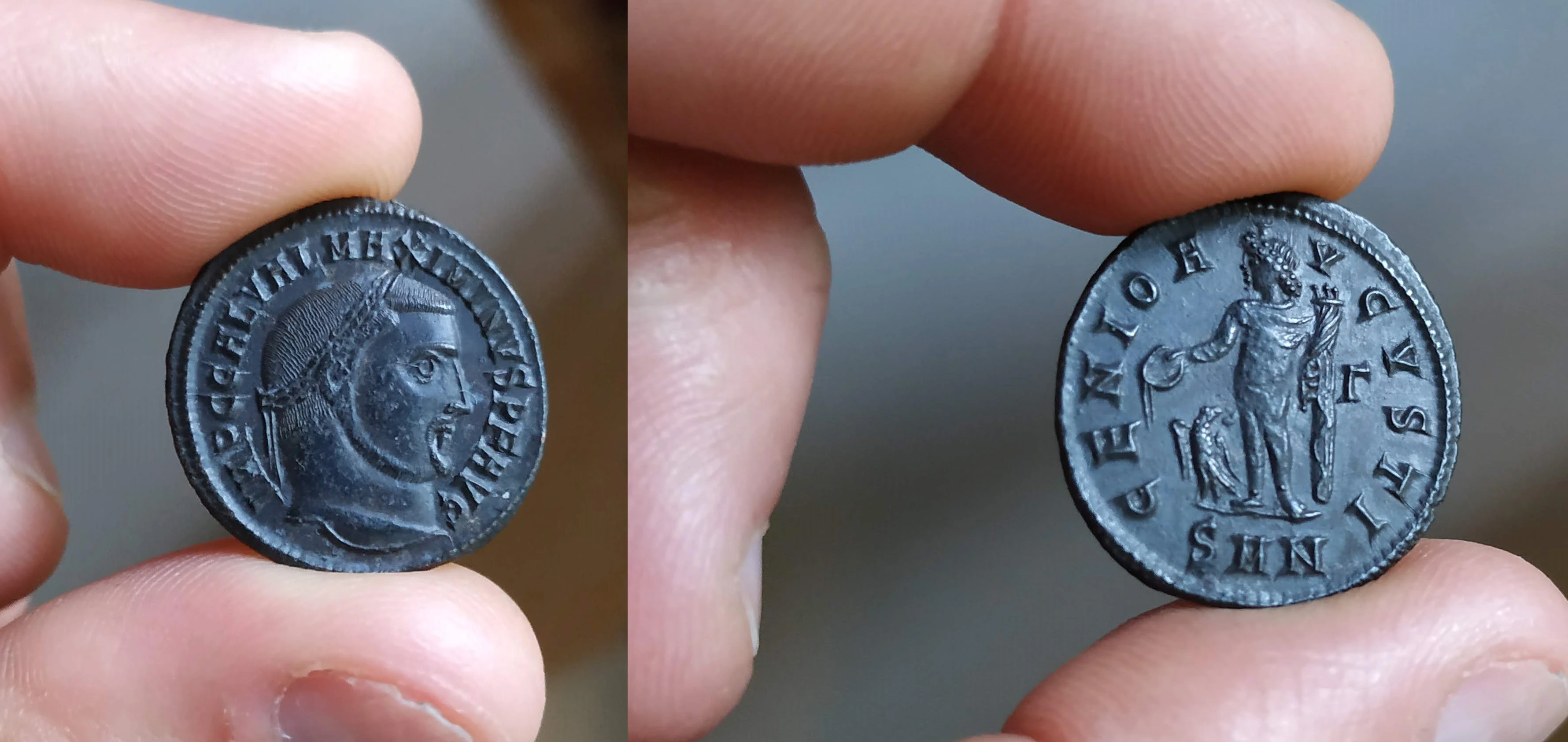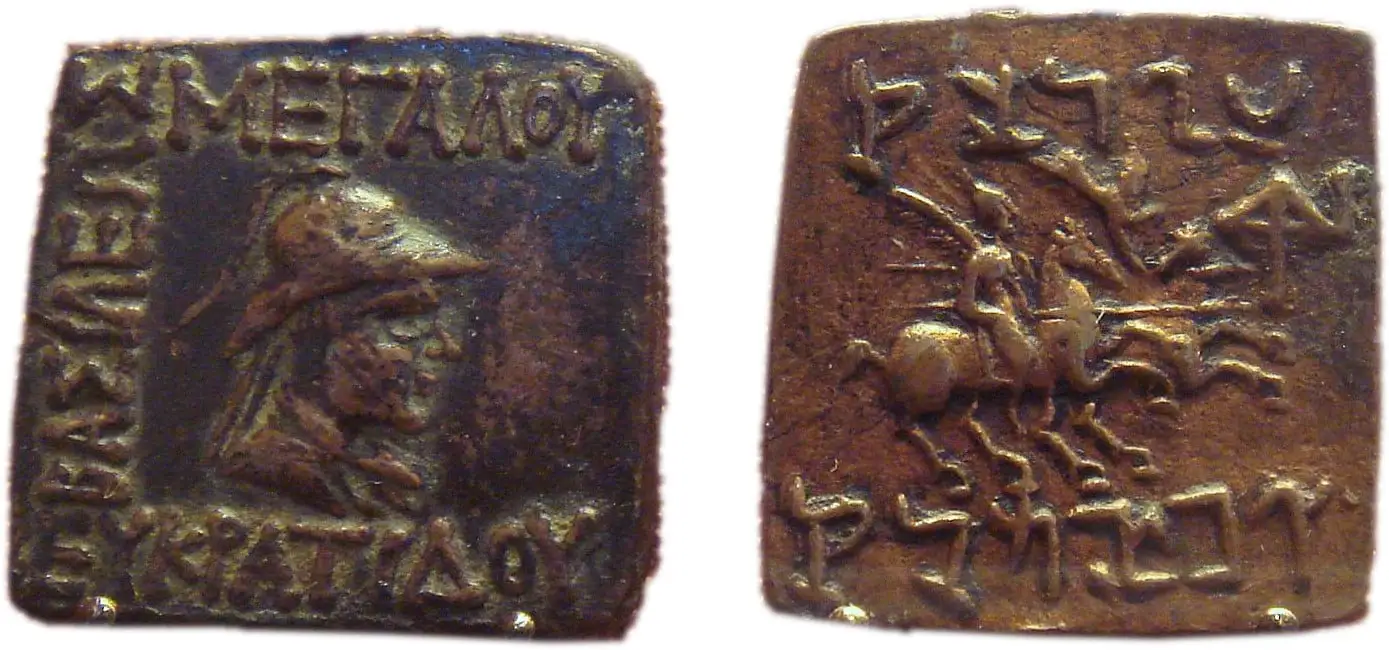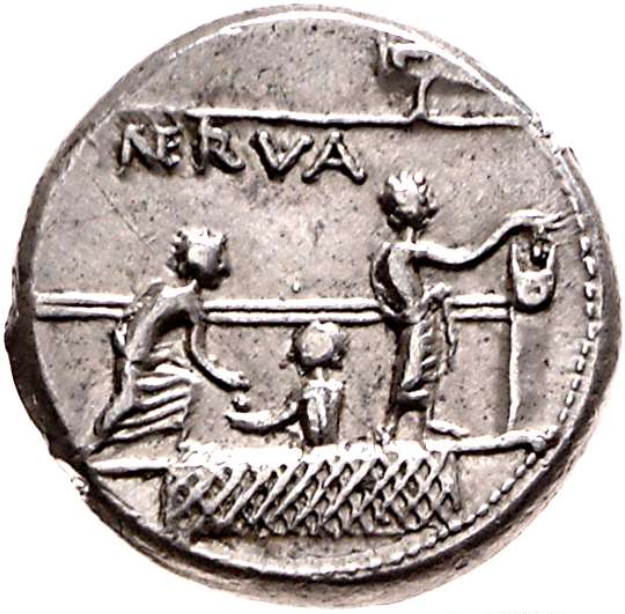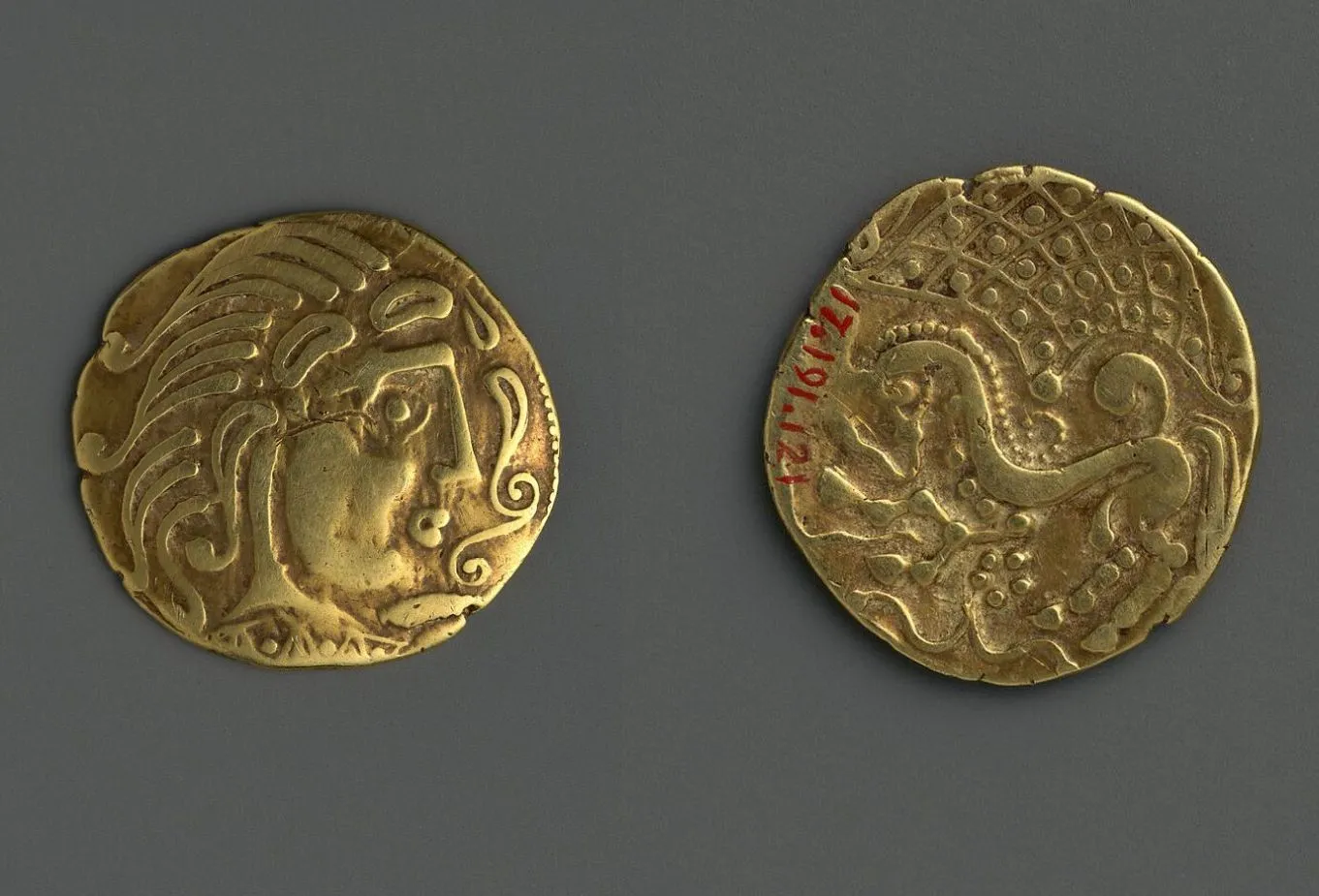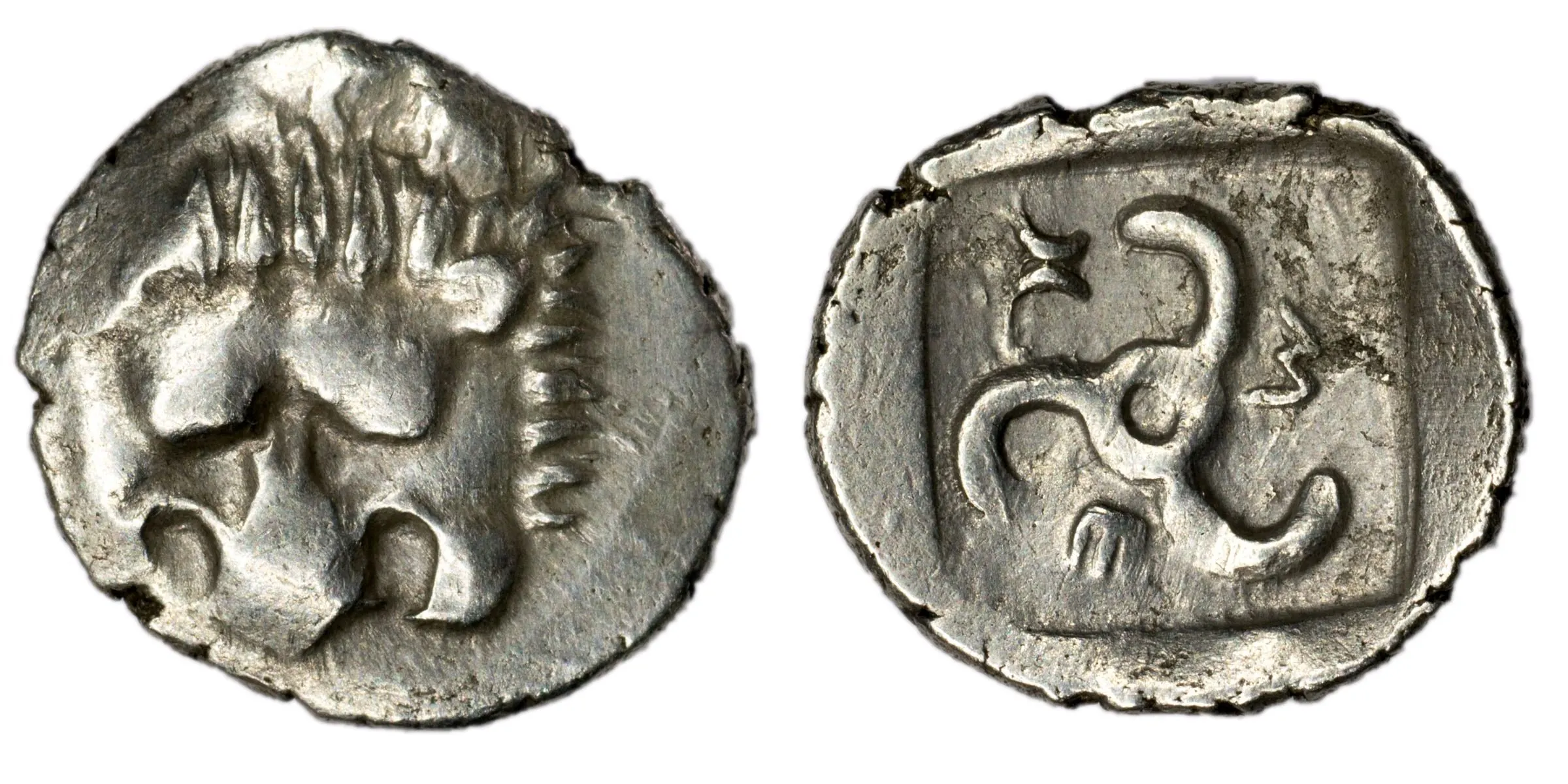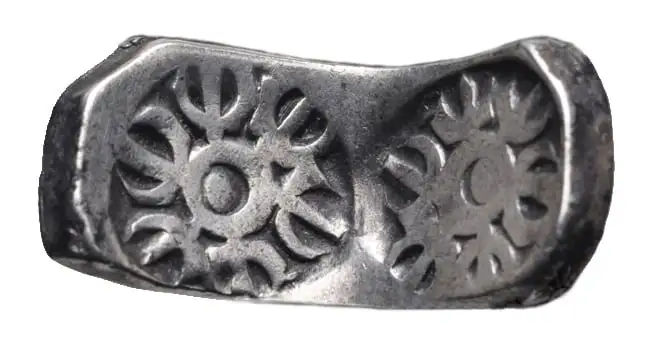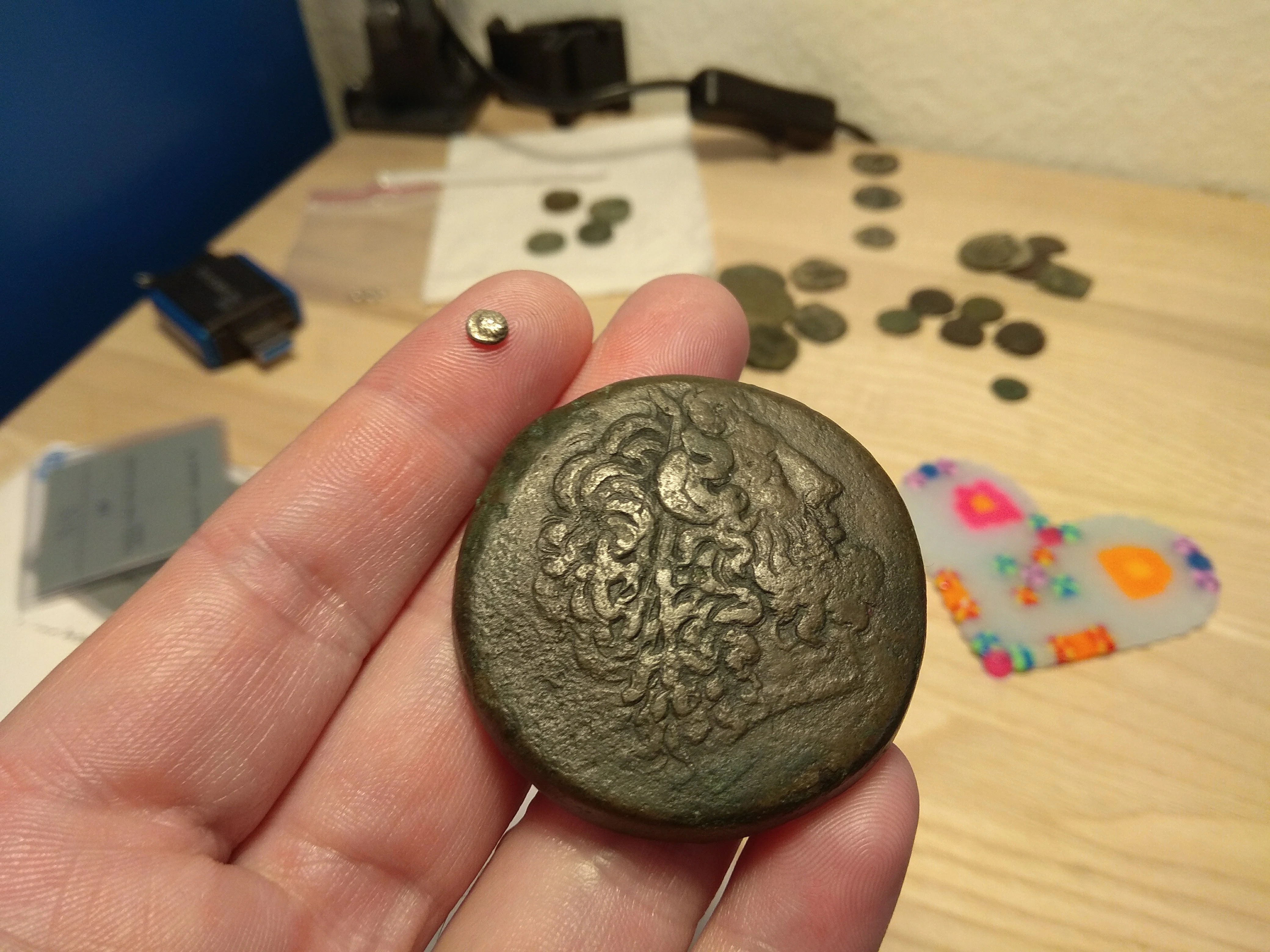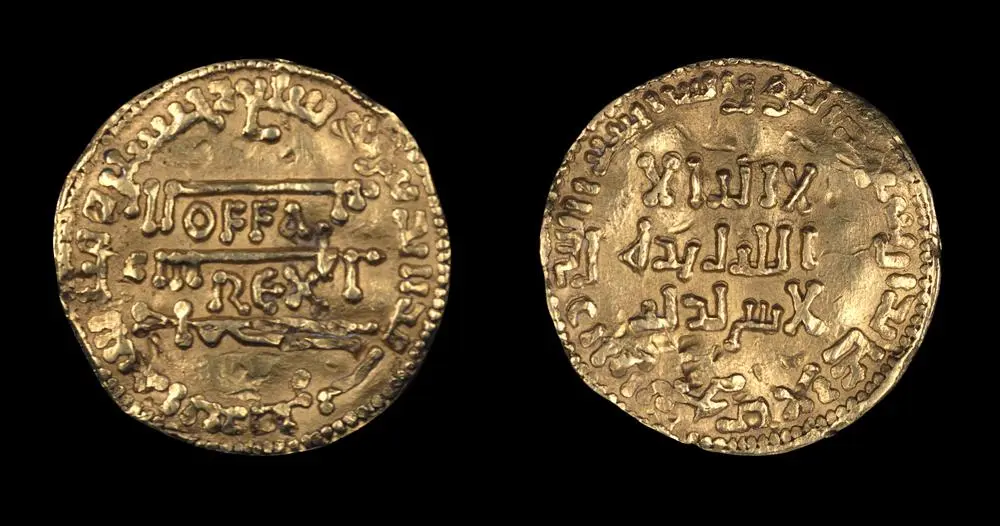Ancient Coins
240 readers
3 users here now
A community for collectors of ancient and medieval coins.
ID requests are welcome, but please post clearly lit images of both sides of the coin as well as a picture of the edges of the coin.
Sales posts are welcome. Inspired by the old ancientcoins subreddit, memes and jokes are only allowed on the last day of the month.
I general, just be nice to each other :)
Buy coins
Identify coins
Clean coins
Other
founded 2 years ago
MODERATORS
1
2
3
4
5
6
7
8
9
10
11
12
13
14
15
16
17
18
19
20
21
22
23
24
25
view more: next ›
